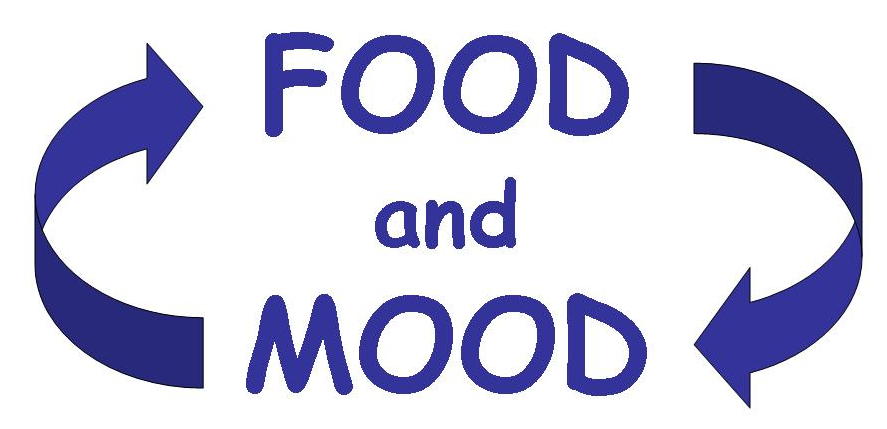This is a lesson plan that includes a power point, reflection activity and plenary at the bottom on an important topic, the role of food in mental health. It has worked very effectively for me with ages from 12 -18. It is a sensitive topic but a very important one. Please feel free to use it in an attempt to make Mental Health a priority in your school.It is also relevant to the new Food Preparation and Nutrition curriculum which ask teachers to discuss the psychological effects of food.
Any questions, please ask in the comment section. I am also happy to welcome other suggestions/ideas .
Or you can follow my blog or arrange to get email updates of future posts.
Enjoy!
Here is the link to resources http://www.mentalhealth.org.uk/content/assets/pdf/159555/mhf-food-and-mood-diary.pdf
http://foodandhealthteacher.com/food-and-mood-worksheets/
Click to access mhf-food-and-mood-diary.pdf
Lesson Plan Food Technology
| Subject | The impact of food on mental health | ||
| Objectives
· To understand the term mental health · To distinguish between foods/eating habits which may have a positive or negative impact on mental health · To reflect on your own personal eating habits and the impact of these habits on your own mental health ( 2 mins) |
|||
Starter
|
|||
|
Main · Teacher to read through and explain main definitions associated with mental health. Pupils Will be questioned at interval to check understanding. (5 mins) · Introduction to group activity. Pupils asked to complete group activity in (10 mins). · Seating plan (Pupils grouped according to recent grades and personalities – mixed ability to support group learning and development ) · Discussion and feedback on group activity (6 mins). · Teacher to explain foods associated with positive and negative effects on mental healthto to ensure that pupils are clear ( 6 mins) Pupils to complete food and mood diary reflection activity (9 mins). This may need to be completed for homework. · Lower and higher order questions to groups and individuals will reinforce learning throughout the lesson. Some higher order questions will be targeted at more able or G & T pupils. Examples of questions to ask include: Low Order – When you feel sad what kind of foods do you like to eat? What kind of foods do you like to eat when you feel happy? Middle Order– Why do you think people sometimes choose foods based on how they are feeling? Do you think people eat more unhealthy food when they are sad or happy? Why? Higher Order – What are the pros and cons of making food choices based on your mood? What is the difference between physical hunger and emotional hunger? Why do you think people sometimes crave high sugar foods when they are under stress? Outside the Box question – How does having a positive relationship with food affect a teenager? Why do some people view teenagers as moody and stroppy? How does eating regularly benefit teenagers?
|
|||
|
Plenary
|
|||
|
Assessment for Learning
|
|||
|
Differentiation/ extension incl. difficulties
|
|||
Cross-curricular elements
|
|||
Resources
|
|||
Self – Evaluation
|
|||
food and mood final powerpoint (1)
Food diary reflection activity
Please reflect on your food diary by writing a paragraph below highlighting what you have learnt in today’s lesson about the relationship between food and mental health and how it affects your life.
Did you skip any meals? Do you skip meals to avoid gaining weight?
What could you do in the future to ensure that you eat food regularly?
Are you drinking too much caffeine or energy drinks?
Are you staying hydrated?
Do you eat a broad range of protein rich foods?
Do you eat foods that are high and sugar in moderation?
Do you consume foods which are high in omega 3 such as oily fish, nuts and seeds?
Do you consume five portions of fruit and vegetables a day?
Plenary
What do you understand by the term mental health?
Name two foods which can have a positive effect on mental health?
Name two foods which can have a negative effect on mental health?
Describe two changes you could make to your own diet to help improve your mental health?


This is great! Could you possibly upload the worksheets?
LikeLike
Hi Deborah I have put the link to the food and mood diary into the blog.
LikeLike
Here is the link to worksheets
https://foodandhealthteacher.wordpress.com/?page_id=673&preview=true
LikeLike
Thanks, out of interest which foods did you display/have photos of?
LikeLike
Foods high in caffeine, energy drinks, coffee, bananas, oats, canned fish, sweets, protein rich foods such as nuts, fresh fruit and veg, pot noodles , slow release energy foods verse quick release. If you read the feeding minds report it gives examples of foods- evidence based😊
LikeLike
Just wanted to say thank you, I am an NQT and I am finding your blog so useful! 🙂 Lauren x
LikeLike
Thank you so much Lauren. I’m glad you are finding them helpful😊
LikeLike
Hi I am loving your blog. I am a nurse teaching with an at risk youth population. They have had high levels of suicide attempts this year and we are focusing on mindfulness in eating, healthy diet, and suicide screening. I found a couple of your links arent available anymore. Would you be able to send me what you have as far as teaching resources? specifically this link – Here is the link to resources http://www.mentalhealth.org.uk/content/assets/pdf/159555/mhf-food-and-mood-diary.pdf – would be super helpful. Also did you have rational for the answers to your Lesson Title: The impact of food on Mental Health worksheet?
I would appreciate your help so very much! Thank you!!
LikeLike
Hi Tess, I am so sorry about the late reply. I have been on maternity leave and haven’t checked my site in ages. Did you get the information you needed or do you need me to send on some resources? If so send me your email address and I will send you what I have, Thanks.
LikeLike